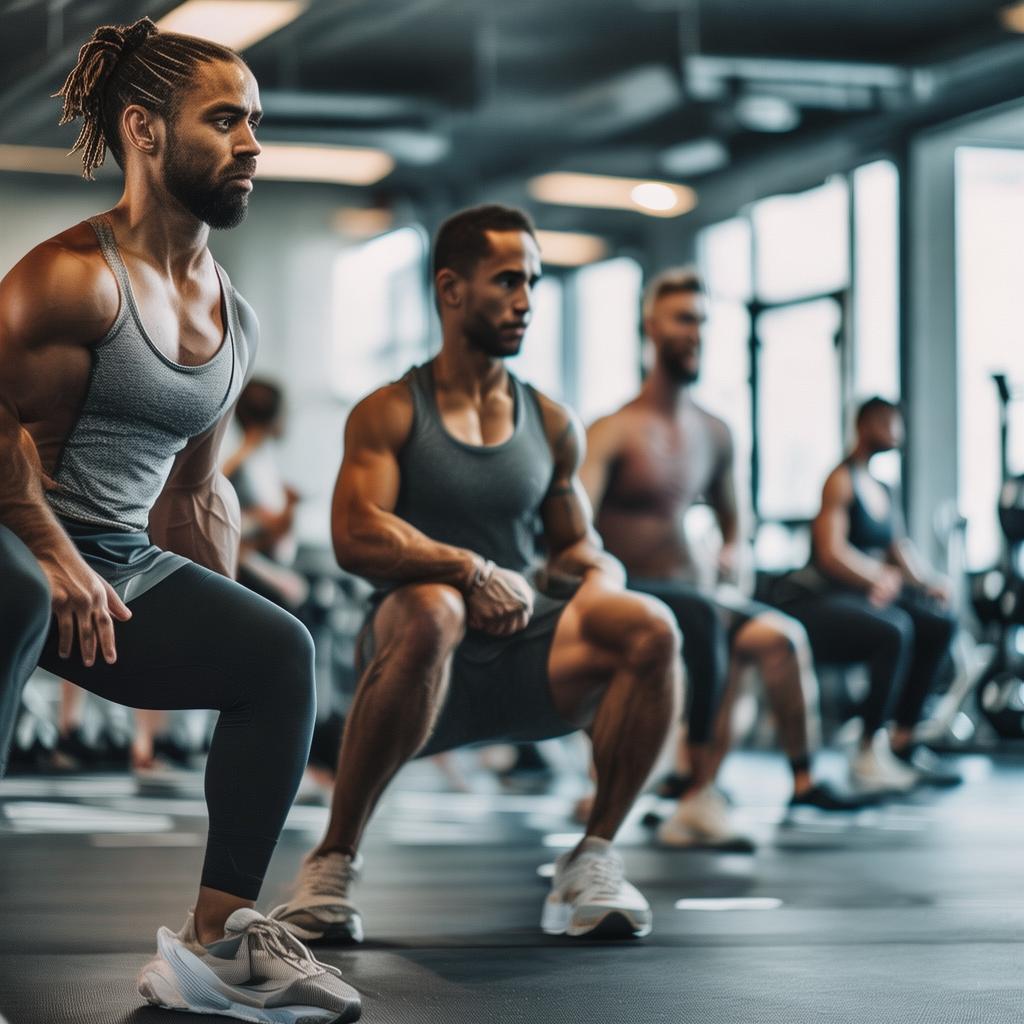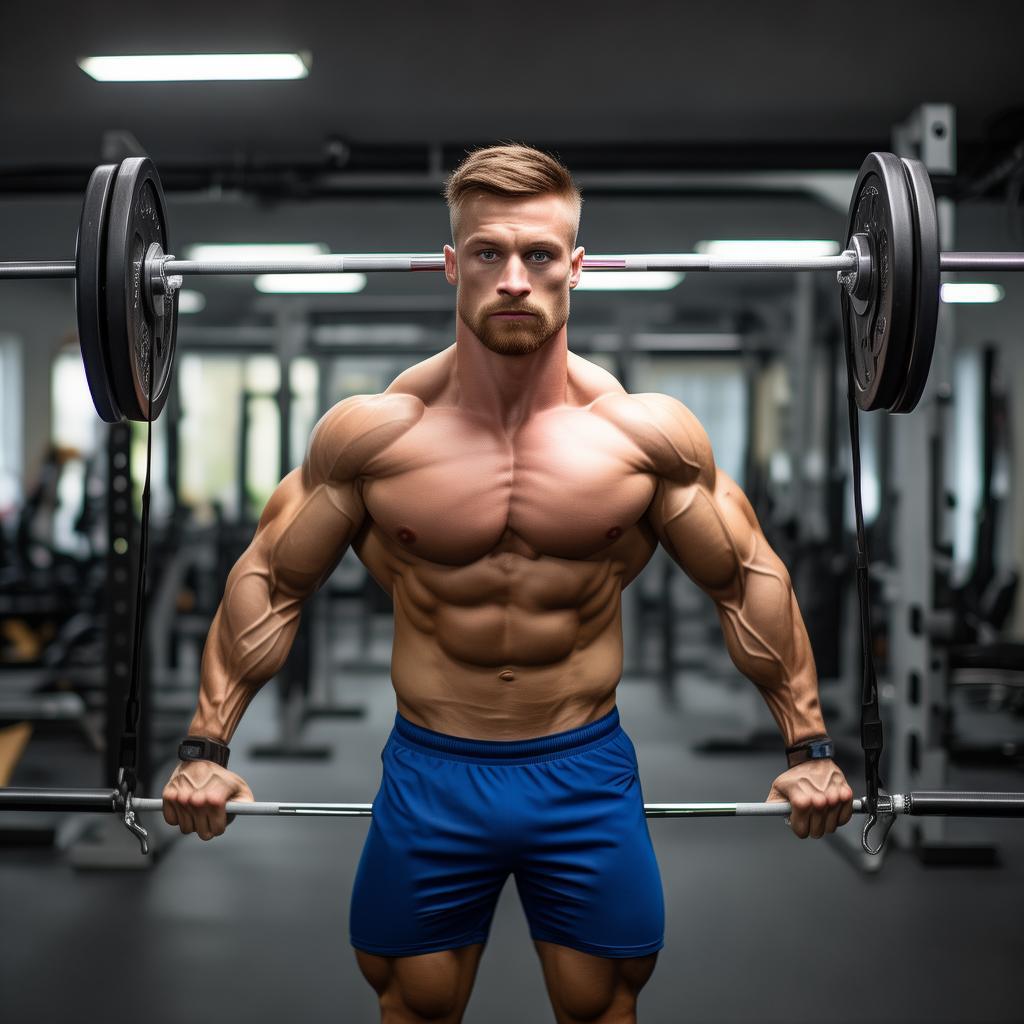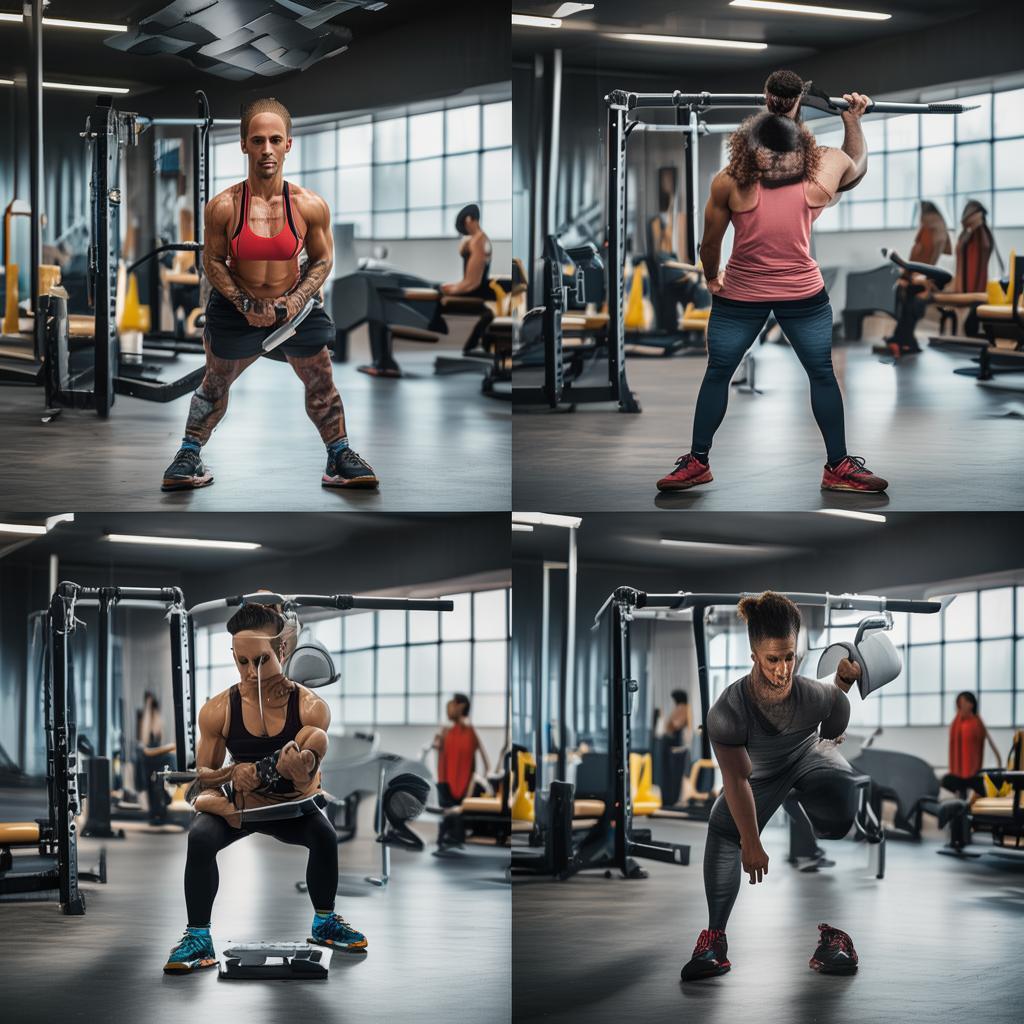The Significance of Leg Training
There is a well – known saying in gyms these days: “If you focus only on chest training and neglect leg training, you’ll regret it sooner or later; if you want to have better endurance, train your legs daily.” For gym beginners, they may not have heard this yet, but for seasoned gym – goers, it is a familiar and well – understood principle in their workout practice. This indicates that both upper and lower limb exercises are closely related to the legs, which deserve our attention in terms of exercise and protection.
Firstly, leg training can increase basal metabolism and muscle strength. Considering the muscular structure of the whole body, the leg muscles are the largest muscle group. Regularly strengthening them can boost the metabolic rate of the legs, reduce fat accumulation, and better promote the growth of thigh muscles, thus enhancing thigh strength.
Secondly, it can delay the body’s ageing process. As the old saying goes, “The legs age before the person ages.” Since the legs are the furthest from the heart and the transmission of necessary nutrients is slower, regular exercise can promote blood circulation, enabling timely nutrient delivery to the legs, enhancing leg bone density, and delaying bone degeneration.
For male friends, improving leg exercises can boost the production of testosterone in the body, which is a great advantage. Moreover, exercising the legs can increase blood circulation speed, providing the heart and lungs with sufficient blood to ensure their proper functioning, increasing their efficiency and capacity, avoiding blood vessel blockages, and reducing the risk of cardiovascular diseases.
Post – Training Leg Protection: Stretching Exercises
Some bodybuilders often overlook the static stretching of their legs after high – intensity leg exercises, which may lead to the embarrassing situation of being unable to walk out of the gym easily. Therefore, to protect the legs and improve the exercise effect, targeted stretching is necessary.
Stretching Action 1: Side Straddle Deep Squat Stretching
Preparation Posture: Step across the legs in a deep squat, lean the upper body slightly forward, straighten the arms down between the legs, press the hands palms down on the ground, and keep the body stable.
Stretching Process: Adjust your breathing, stretch the quadriceps, medial muscles, and calf muscles to the maximum. Hold the position for 10 seconds, then relax and stand up. Switch to the other leg for practice. It is recommended to do 10 reps on each side per set, with a total of 3 – 4 sets.
Stretching Action 2: Knee Lift and Thigh Rotation
Preparation Position: Stand with arms hanging naturally at the sides of the body and feet one foot wide apart.
Stretching Process: Tighten the core, lift one leg upwards so that the thigh is parallel to the ground and the calf is perpendicular to the ground, while the other leg stands upright to maintain body stability. Then rotate the lifted leg from the front to the outside, performing a large – scale stretch and contraction of the leg muscles. Then restore and change legs for exercise. Practice 20 times for each leg, with a total of 3 – 4 groups.
Stretching Action 3: Bowing Stretch
Preparation Posture: Stand with the body in a standing position, with the distance between the feet hip – width apart, and bend the arms at the elbows to hold the back of the head, keeping the body stable.
Stretching Process: Keep the legs taut, then make a downward bow, bend the upper body down, keeping the back parallel to the floor, and hold the position for 1 second to maximize the stretch of the hamstrings and the posterior calf muscle groups. Then lift the upper body up, return to the starting point, and repeat. It is recommended to practice this stretch 20 times, with a total of 3 – 4 sets.
These three stretches, though seemingly simple, can effectively relieve the muscle tension after leg – training. Besides these movements, we can also use foam shafts to massage the leg muscles, so as to relieve the stiff leg muscles and discharge the lactic acid generated after exercise through stretching and massage, which will not affect the next – day exercise and thus improve the exercise effect.





